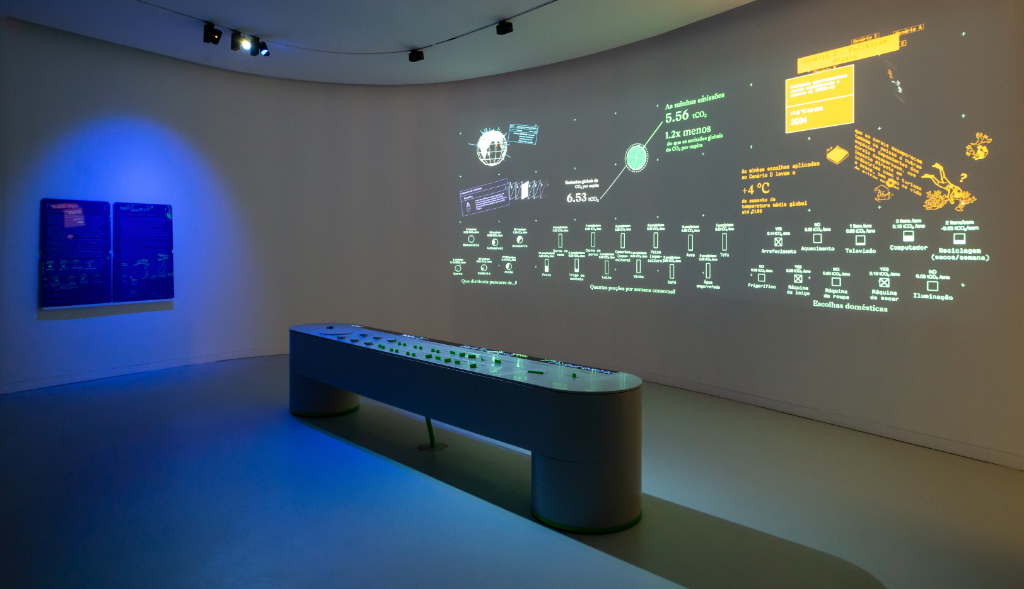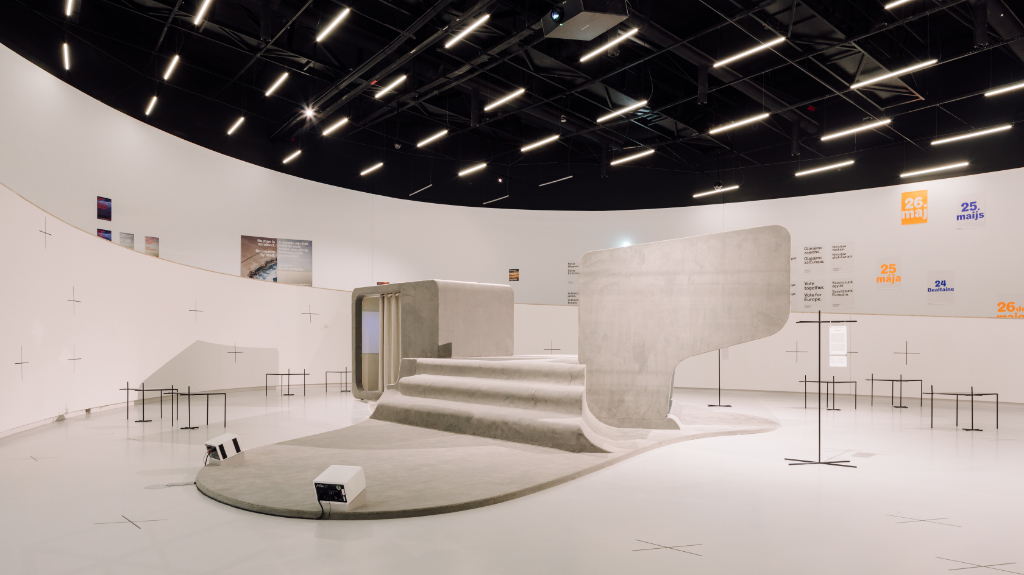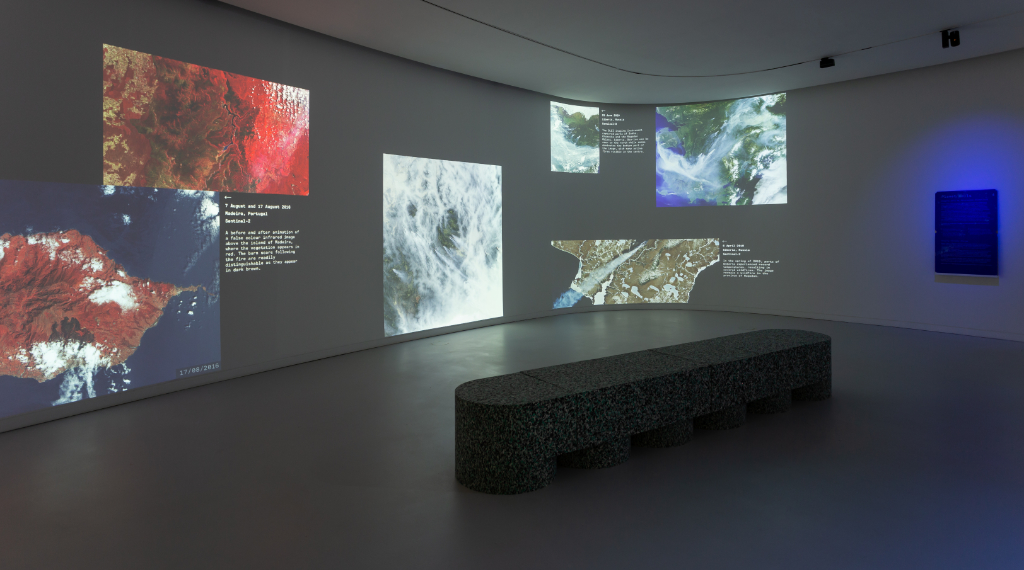Text by Giulia Ottavia Frattini

The new season’s programme launched on 5th April at maat (The Museum of Art, Architecture and Technology) in Lisbon. It includes a structural revision in its exhibition planning and a renewed use of the building.
maat is an international institution that opened in 2016 to promote discourse on our potential futures and inspire through creative positions, new approaches and reflections on the present. The museum sees itself as a platform open to new perspectives at the intersection of different disciplines and domains to foster debates, encourage engagement, establish transformative interrelations and support the enactment of knowledge.
Starting this spring, the schedule will be very rich and variegated and involve practitioners from different backgrounds and geographies. The curatorial programs will serve ongoing research agendas focusing on speculations and propositions about our collective tomorrow and the complex social, political and environmental mechanisms that define the current time.
The museum’s structure will be shaped by the hosted exhibitions each time in a distinctive way, acquiring a new character according to the specificity of the shows and commissions to undertake. Therefore, dynamic and evolving narrative paths will occur within the venue’s spaces, providing peculiar resonances according to the topics addressed.
For its youthful (!) 4 years, maat presents the greatest of opportunities and challenges, that is, working not only on what programs we offer to our audiences but how this narrative experience we weave through exhibitions and public programs also speaks to a renewed vision around the role and responsibility of an institution in our collective life.
The pandemic has certainly short-circuited this process at its core. Still, it is opening up a potential for transforming the function of a museum towards a more active co-agent of social transformation and an engine for knowledge-making and intellectual cross-pollination – a specific type of public space that does not exist exactly in this form yet. When asked about the Portuguese institution’s singularity, Beatrice Leanza, the Executive Director of maat asserts.
Going into more detail about the forthcoming scheme, the museum is getting ready to present to the public its long-term programme maat Explorations. This will deal with the fascinating intertwining between environmental science, technological knowledge and human studies, forwarding an interdisciplinary attitude that will nurture the linking of visions and research from both design and the visual arts.



This ambitious project embodies one of the main missions pursued the museum itself, as the director points out through her words: Environmental science and ecological practice are central to our collective future, for a museum that wants to devote itself to exploring the tenets of what it means to be and live together in our times, these topics must be part of our ongoing institutional work.
This spring, we launch this program framework through exhibitions, discursive programs, and laboratories that delve into the multi-faceted environmental transformation subject from various scholarly and experimental viewpoints.
The inaugurating exhibition for these exploratory sessions will be AQUARIA. Or the Illusion of a Boxed Sea, curated by Angela Rui. The show will reflect on the possibilities and potential questions that a renewed relationship with the marine world might bring to light. Through 11 installations, the complex system of the aquarium will be presented as a critical metaphor suitable to rethink new forms of solidarity and justice, desiring to overcome a merely human perspective.
Simultaneously, X is Not a Small Country – Unravelling the Post-Global Era will occur. Aric Chen curates it with Martina Muzi. It will feature nine new projects realised by international practitioners interested in investigating the delicate and intricate condition of the concept of global, articulating a discourse from multiple geographical perspectives.
The installation by the Milan-based research and interaction design studio dotdotdot entitled EARTH BITS – Sensing the Planetary will occupy the former video room and part of the foyer of the museum. This is a data-driven project presented through graphic and digital wallpapers that will unpack the energetic outputs of anthropic actions, CO2 and GHG emissions and their destructive effects on the Earth’s life in four moments.
Lastly, the program CLIMATE EMERGENCY > EMERGENCE curated by T. J. Demos will start in April 2021, gathering different voices and stimulating a conversation where experimental arts and political ecology will converge to build a public arena dealing with the complexity of our multi-layered reality and climate issues.
What is meant to be reached through this intense but attentive concatenation of initiatives is to outline and embrace purposeful visions for a future that needs to consider the human and non-human worlds as increasingly united, resolving the sharp distinction that blurs a common action and mutual hybridisation.
As Beatrice Leanza poetically states: the search is always inward, and for me, creative practitioners – in the visual or performing arts, in design at large – play a role of path-breakers, interrupting the flux of mundanity and reality to unveil its wonders, elating or terrifying they might be, they shed light on alternative o undiscovered avenues of empathetic exchange with the world.
This appears to be a way forward to intend coexistence between even contrasting spheres no longer as a remote aspiration but as a tangible possibility.






